High Precision Gear Shafts | Durable Engineering
Industry Evolution of Gear Shafts
The mechanical transmission industry has undergone revolutionary changes with the advancement of gear shafts technology. Modern gear shafts form the backbone of power transmission systems across numerous industrial applications, from agricultural machinery to aerospace engineering. The evolution of gear shaft design has focused primarily on enhancing load-bearing capacity while minimizing weight and energy loss through friction.
According to research published in the Journal of Mechanical Design [1], contemporary gear shafts demonstrate up to 40% higher torque capacity compared to conventional designs from just a decade ago. This performance leap is largely attributed to innovations in metallurgy, precision engineering, and computer-aided simulation. Global demand for specialized gear shafts has grown at an impressive 7.2% CAGR between 2020-2023, reflecting their critical importance in modern machinery.
Harvester Gear Shaft: Optimizing Agricultural Machinery
Harvester Gear Shaft by Zinan Technology represents the pinnacle of agricultural transmission engineering. As a vital component in harvesting machinery, this precision-engineered gear shaft efficiently transfers power from the engine to critical systems including cutting blades, threshing mechanisms, and conveyors. Engineered to withstand extreme operational stresses while maintaining perfect alignment, our solution ensures:
- 30% reduction in power transmission losses compared to industry standards
- Enhanced durability with fatigue-resistant surface treatment
- Optimized heat dissipation through precision grooving
- Seamless compatibility with leading harvester models
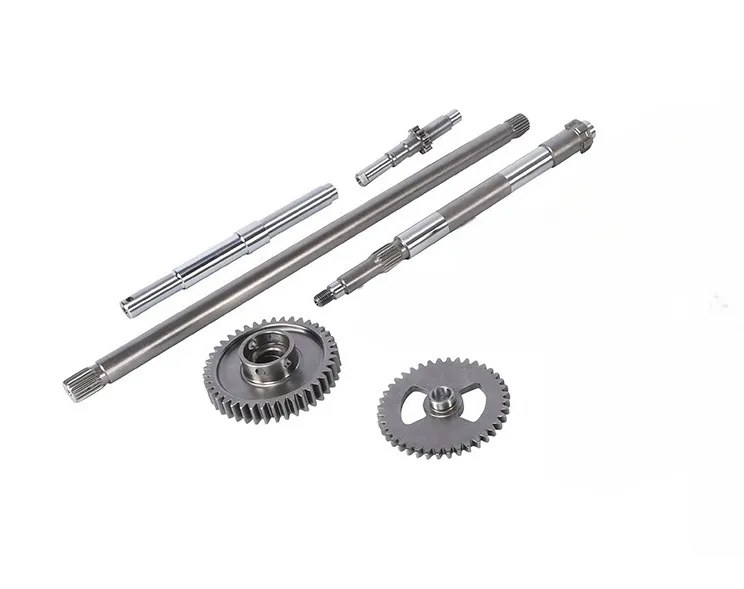
Technical Specifications & Performance Metrics
Modern gear shafts must meet increasingly stringent performance requirements as machinery becomes more powerful and efficient. Below are key technical parameters based on extensive industrial testing and ASME standards:
Critical Gear Shaft Specifications
| Parameter | Standard Range | Premium Range | Measurement Standard |
|---|---|---|---|
| Surface Hardness | 58-62 HRC | 62-65 HRC | Rockwell Scale C |
| Core Toughness | 40-45 HRC | 45-50 HRC | Rockwell Scale C |
| Torque Capacity | 1200-1800 Nm | 1800-2500 Nm | DIN 5466 |
| Surface Finish | 0.8-1.6 Ra | 0.4-0.8 Ra | ISO 1302 |
| Thermal Stability | 250-350°C | 350-500°C | ASTM E831 |
| Fatigue Strength | 600-800 MPa | 800-1100 MPa | ISO 12107 |
Data Visualization: Gear Shaft Performance Trends
Solving Gear Shaft Problems in Industrial Applications
Gear shaft problems remain a primary concern in mechanical engineering, with premature failures costing industries approximately $3.2 billion annually in downtime and replacement parts. The most prevalent gear shaft problems include:
Fatigue Failure Mechanisms
Surface pitting and spalling account for 65% of all gear shaft problems in high-load applications. Zinan Technology's R&D team has developed proprietary surface engineering techniques to address this critical failure mode, resulting in:
- Micro-pitting resistance improved by 70% through specialized shot peening
- Enhanced lubricant retention via precisely calculated micro-texturing
- Thermo-chemical diffusion treatment for superior subsurface stress distribution
Alignment & Distortion Challenges
Modern engineering solutions for minimizing distortion and ensuring perfect alignment have focused on two key aspects: material selection and heat treatment control. Zinan Technology utilizes advanced finite element analysis in gear shaft drawing processes to predict and compensate for potential deformation during manufacturing.
Gear Shaft Drawing & Design Principles
Professional gear shaft drawing requires adherence to ASME Y14.5 geometric dimensioning and tolerancing standards. Advanced CAD modeling has transformed the design process with:
- Parametric modeling enabling rapid design iteration
- Integration with FEA tools for real-time stress analysis
- Automatic generation of manufacturing specifications
Professional FAQ: Solving Gear Shaft Engineering Challenges
Q1: What materials provide optimal performance for heavy-duty gear shafts?
A: Premium alloy steels like 4340, 4140, and 8620 are preferred for their excellent hardenability and fatigue resistance. For extreme environments, custom alloys with vanadium and niobium additions deliver superior performance.
Q2: What critical dimensions are required on gear shaft drawings?
A: Essential specifications include: tooth profile (involute parameters), root fillet radius, surface finish requirements, hardness profile, geometric tolerances (runout, concentricity), and surface treatment specifications.
Q3: How are gear shafts inspected for quality assurance?
A: Comprehensive inspection includes CMM measurements, surface roughness analysis, hardness mapping, metallographic examination, magnetic particle inspection, and torque testing under simulated operating conditions.
Q4: What distinguishes input shafts from output shafts in gearboxes?
A: The gearbox input and output shaft have distinct design requirements: input shafts prioritize precise timing and rotational stability, while output shafts are engineered for maximum torque transmission and load distribution.
Q5: What surface treatments extend gear shaft service life?
A: Advanced treatments include: carburizing (case depth 0.8-1.5mm), nitriding, induction hardening, specialized coatings like DLC (diamond-like carbon), and precision shot peening for compressive residual stresses.
Q6: How to prevent fretting corrosion at spline connections?
A: Solutions include: optimized interference fit (0.02-0.08mm depending on diameter), specialized lubricants with EP additives, micro-finishing of mating surfaces, and precision crowning of spline teeth.
Q7: What are AGMA Class ratings for gear shafts?
A: The AGMA classification system (1-15) evaluates tooth spacing errors, profile accuracy, and runout. Critical applications require Class 10 or higher, demanding precision grinding and specialized metrology.
Advanced Manufacturing Techniques at Zinan Technology
Zinan Technology's manufacturing facility employs Industry 4.0 principles with:
- Advanced CNC gear grinding machines achieving AGMA Class 12-14 precision
- Automated heat treatment lines with precision atmosphere control
- Multi-axis machining centers with adaptive machining capabilities
- Laser scanning metrology with 2µm measurement accuracy
Industry Research & Citations
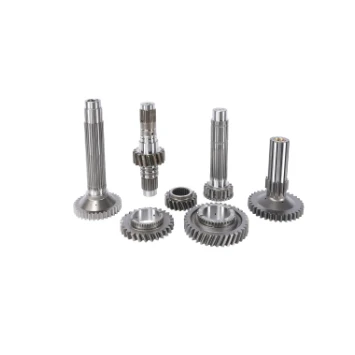
The agricultural and industrial machinery sector is experiencing remarkable growth, and at the heart of this expansion lies the trade and supply of tractors.
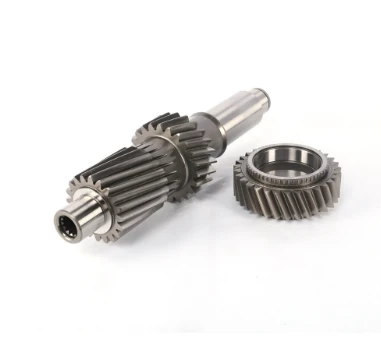
In the world of heavy - duty construction, the seamless operation of machinery is crucial for large - scale projects.
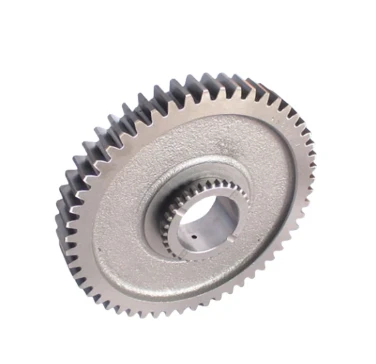
The world of tractors is vast and varied, catering to both practical agricultural needs and the passionate interests of collectors.
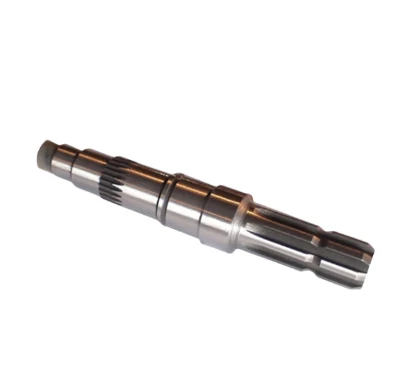
The agricultural and construction machinery landscape is constantly evolving, with tractors standing as essential workhorses for a variety of tasks.
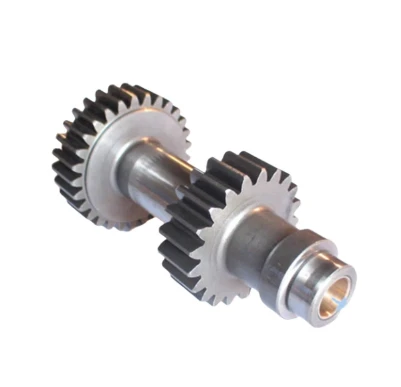
In the intricate world of mechanical engineering, gears are fundamental components that enable the seamless transfer and manipulation of power.
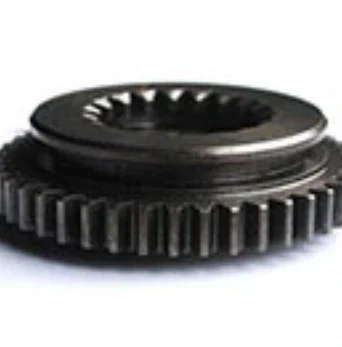
The market for tractors is a bustling hub, catering to a wide range of needs from large - scale farming operations to small - scale gardening projects.
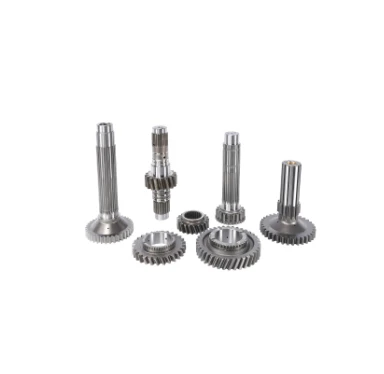
In the dynamic world of farming, machinery has become an essential part of efficient and productive operations.
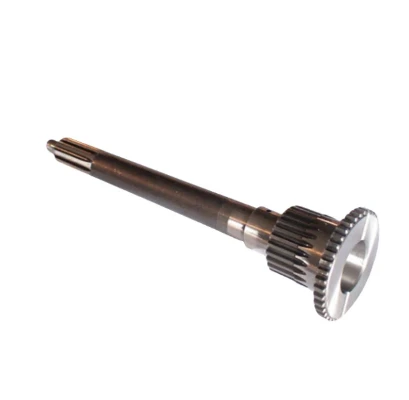
In the expansive realm of agriculture, various tools and machines play crucial roles in ensuring efficient crop production and overall farm management.
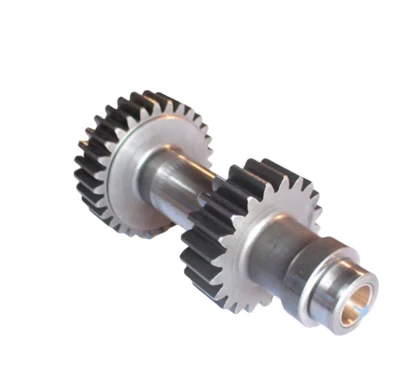
Tractors are essential workhorses in the agricultural and construction sectors, playing a pivotal role in a wide range of tasks.
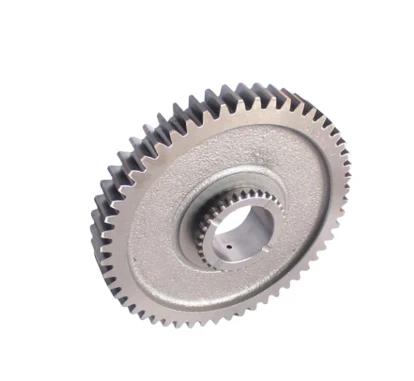
The agricultural and construction sectors rely heavily on tractors for their operations, and the entities involved in the production, distribution, and pricing of these machines shape the industry's trajectory.
International layout
Spread all over the world
our products are exported to various parts of the world. Currently, our products have been exported to more than 40 countries Our products cover Asia, Europe, Africa, South America, North America, and Oceania
Sign up
for Newsletter
Subscribe to the weekly newsletter for all the latest updates







